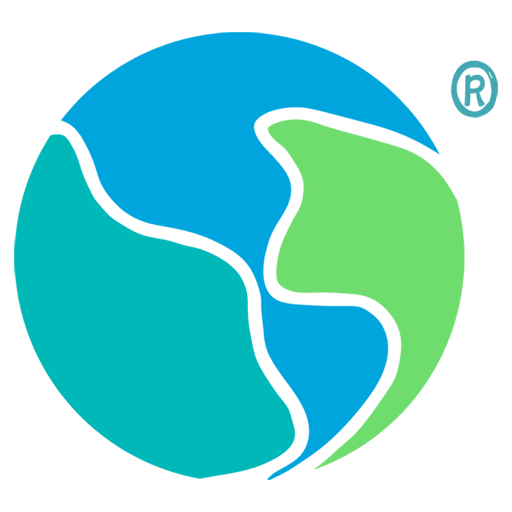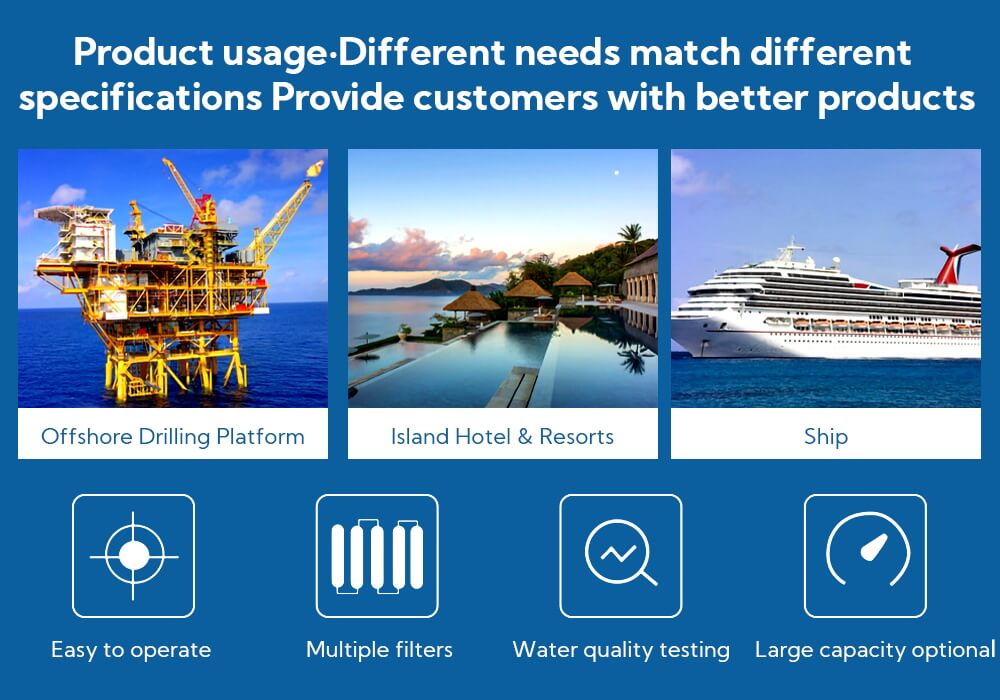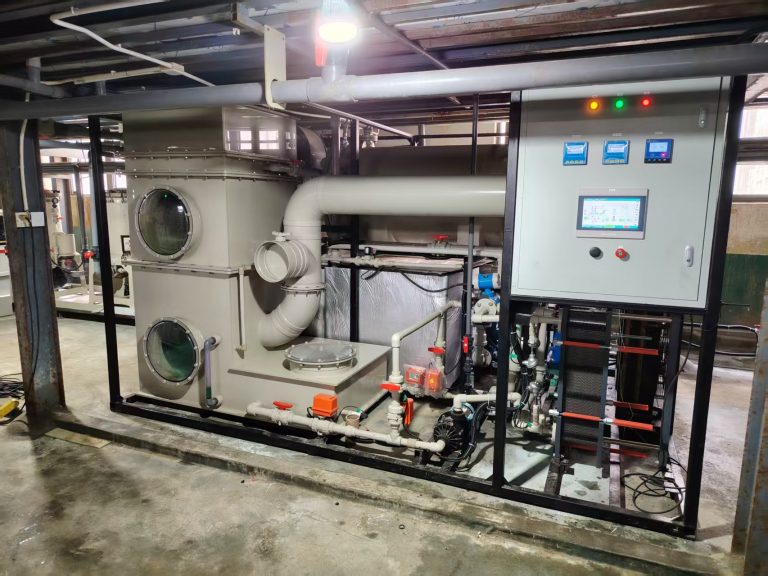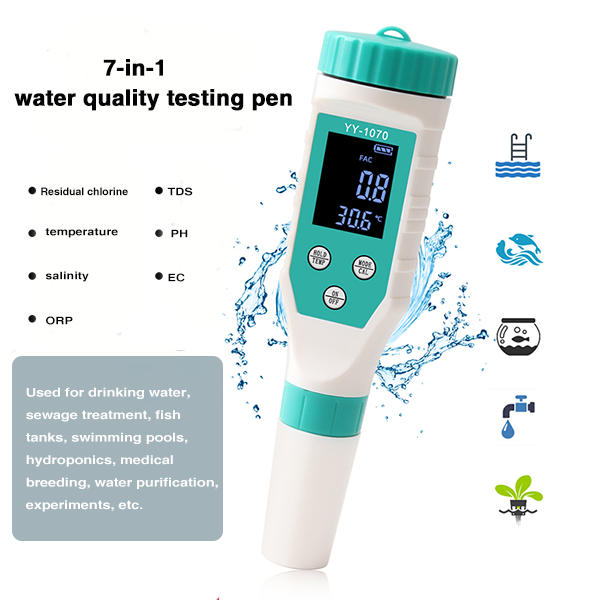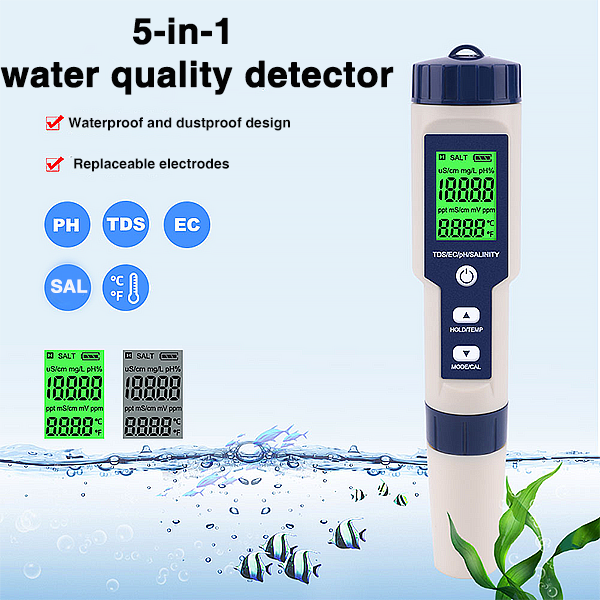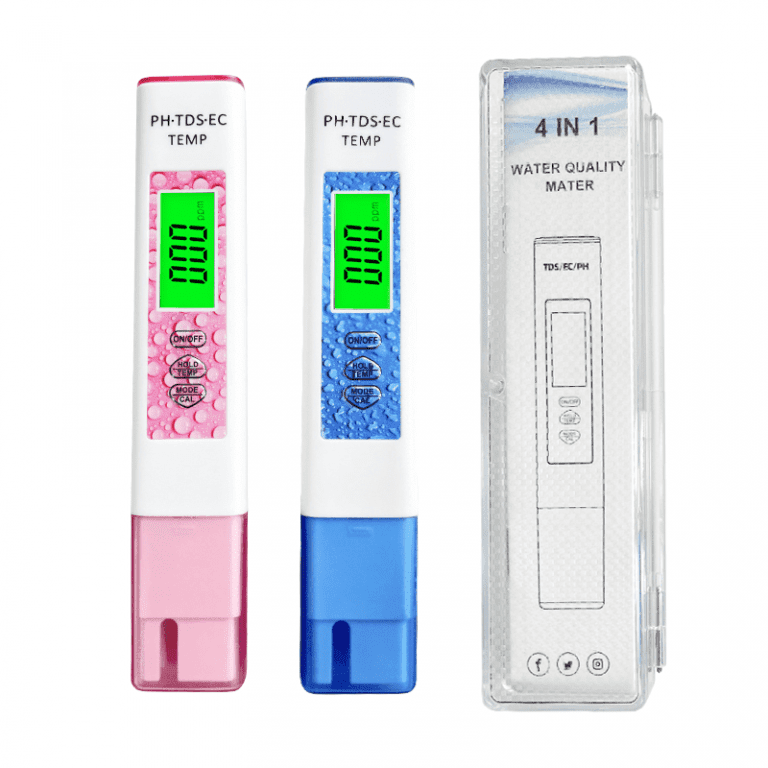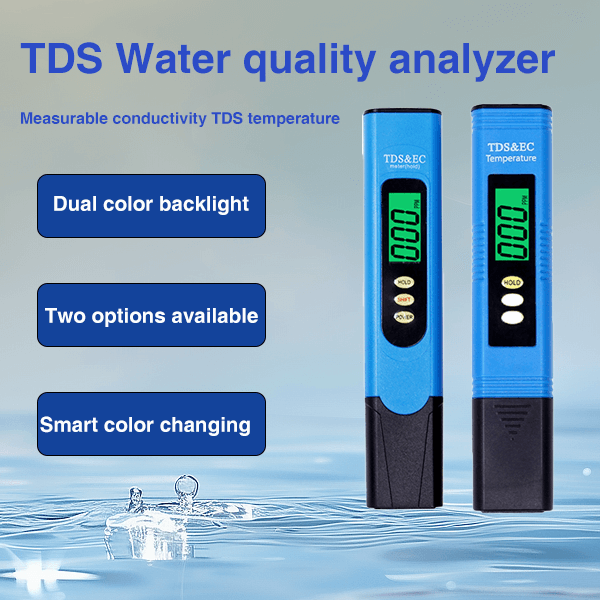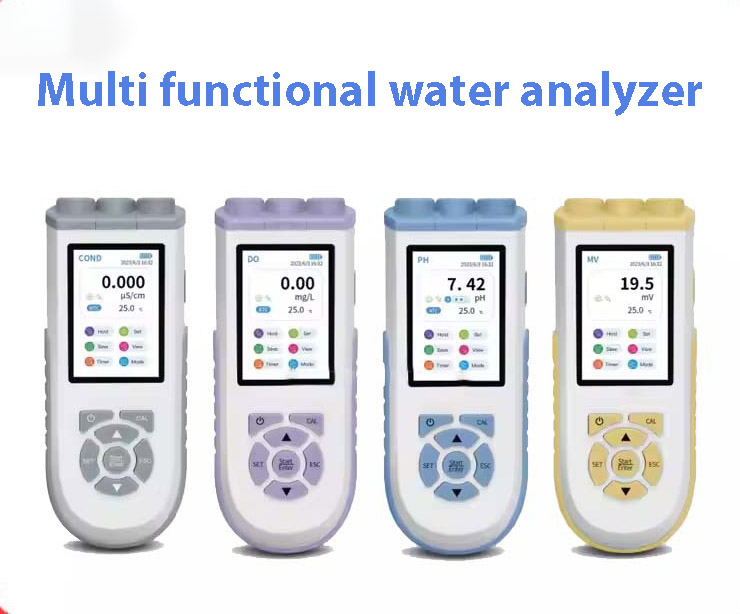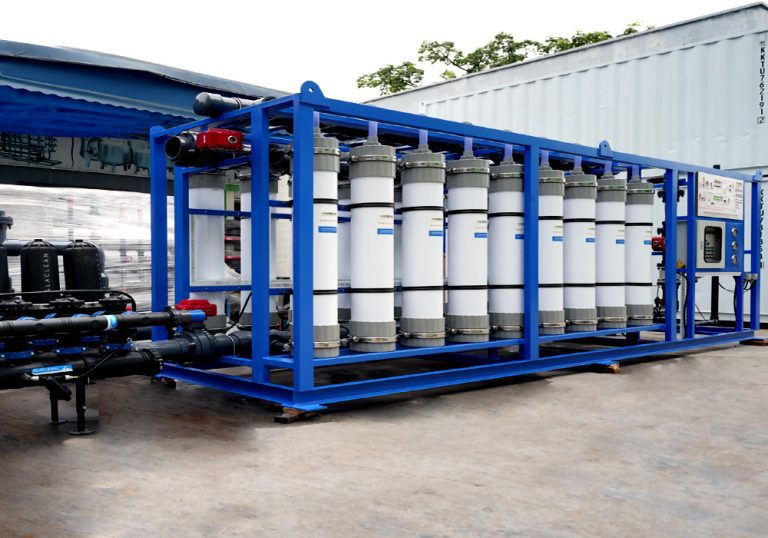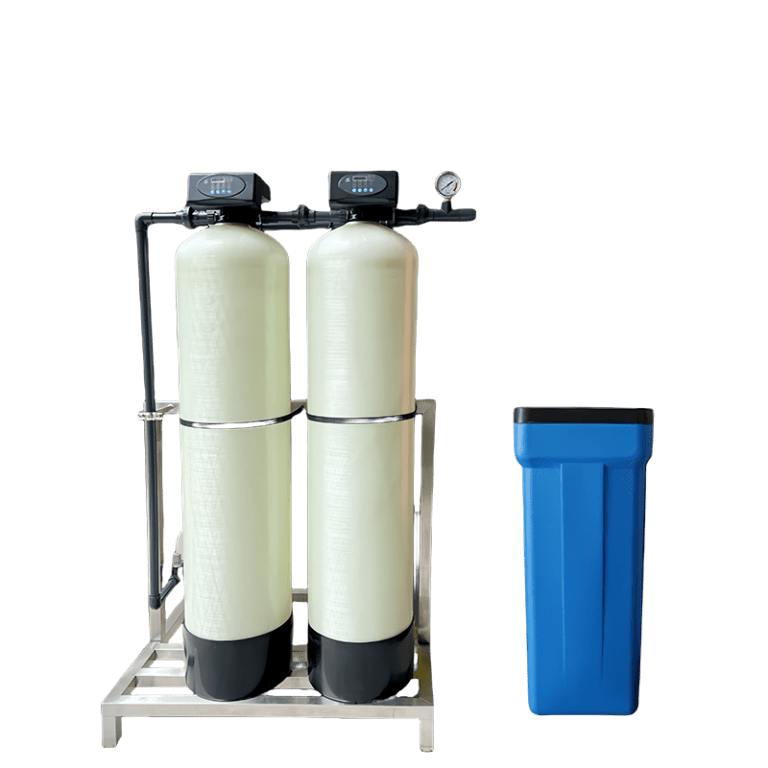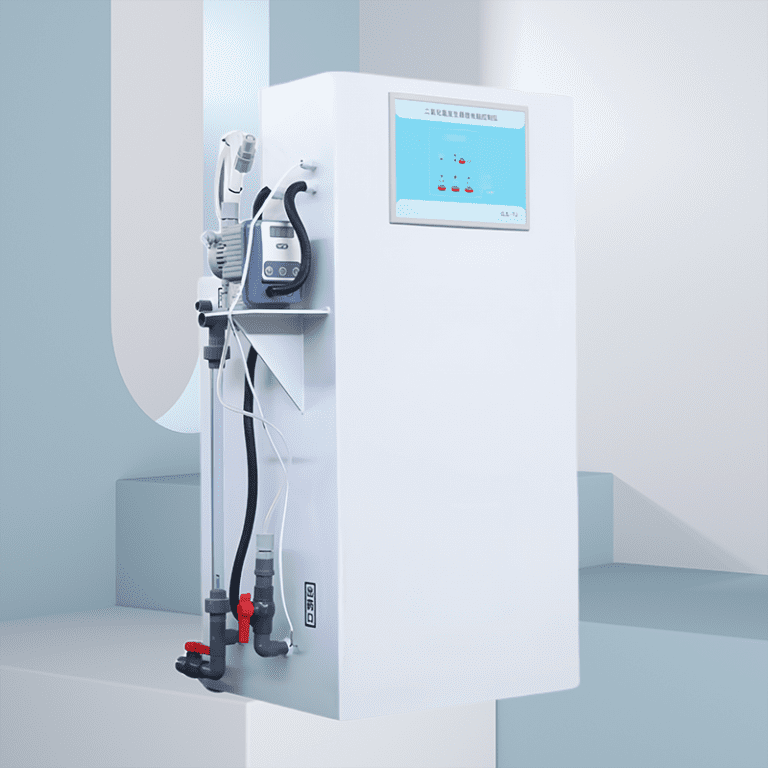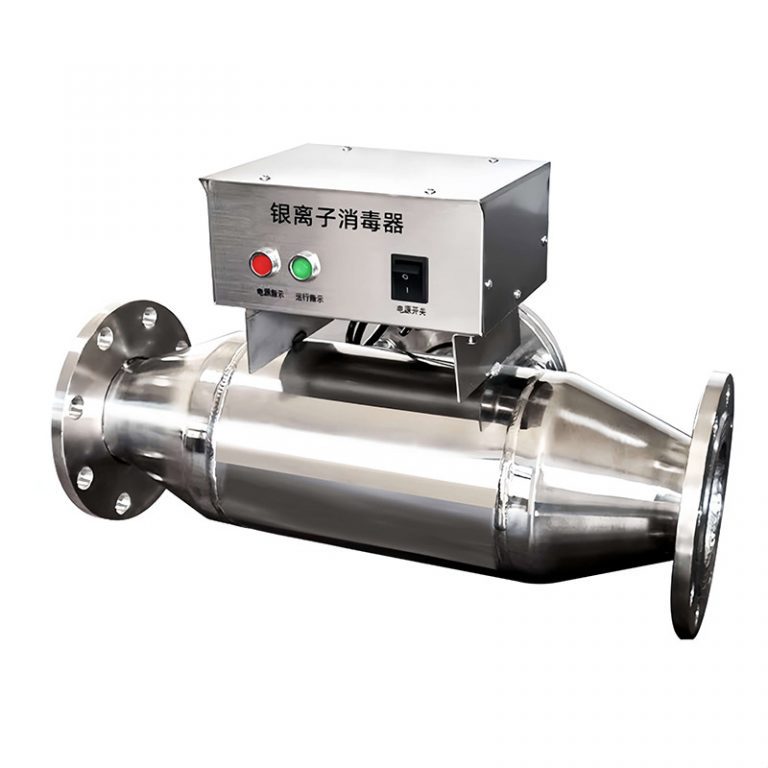Container type seawater desalination equipment is an efficient and convenient water treatment device that integrates various technologies and equipment required for seawater desalination using containers as carriers. The original design intention of this equipment is to solve the problem of freshwater shortage in coastal areas, especially in those areas where stable freshwater resources are lacking. Containerized seawater desalination equipment plays a crucial role.
The outlet water confirms to the drinking water standard, we can also do the customized outlet water standard according to different configurations.
Seawater working principle
Seawater desalination equipment mainly utilizes reverse osmosis technology (RO technology) for seawater desalination. Reverse osmosis technology is a method of separating impurities such as salt and organic matter from water in seawater through a semi permeable membrane. When seawater is pressurized by a high-pressure pump and passes through a reverse osmosis membrane, water molecules are allowed to pass through while salt and other impurities are trapped on the other side of the membrane, thereby achieving seawater desalination.
The pore size of reverse osmosis membrane is very small, so it can effectively remove dissolved salts, colloids, microorganisms, organic matter, etc. from water.
The working process:
Seawater → Water supply pump → Quartz sand filter → Security filter → High pressure pump → Primary reverse osmosis system → Secondary high pressure pump → Secondary reverse osmosis system → Mineralization system → Water production
The Seawater Desalination Equipment Characteristics and Advantages
① Reliable high-pressure pump, high operating efficiency, low energy consumption, low noise, and long service life.
② Efficient reverse osmosis membrane with a desalination rate of up to 99:5%, strong anti pollution ability, and stable water quality.
③ The rack piping and fittings are made of stainless steel and corrosion-resistant materials to ensure the durability and low maintenance cost of the equipment
④ Integrated into the container as a whole, easy to install and migrate.
⑤ Easy to operate and maintain, as long as there is electricity and seawater, the pipeline can immediately supply fresh water after starting.
⑥ The power supply has a wide range of applications: 220V~440V/50~60HZ, which can adapt to most application fields and has a long service life.
⑦ 15-20 years, rigorous process design to ensure long service life and maintenance costs of equipment.
The machines is also need to maintenance after installed, and the maintenance is a key point effect to the machines service lift: there are some main points for the maintenance:
- Regular inspection
-Check the operating status of the equipment daily, including parameters such as pressure, flow rate, temperature, etc.
-Regularly inspect pipelines and valves for leaks, and check for loose connections.
- Maintenance of membrane components
-Regularly clean the reverse osmosis membrane according to the manufacturer’s recommendations to remove dirt and pollutants, prevent membrane blockage and performance degradation.
-Check the integrity of the membrane and replace it promptly if it is damaged.
- Filter maintenance
-Regularly replace the filter element of the pre-treatment filter, such as sand filter, activated carbon filter, etc., to ensure the quality of the incoming water.
- Dosing system
-Ensure the normal operation of the dosing system for scale inhibitors, fungicides, etc., regularly check the liquid level of the medicine tank, and replenish the chemicals.
-Calibrate the dosing metering pump to ensure accurate dosing of the medication.
- Maintenance of high-pressure pump
-Check if the operating sound and vibration of the high-pressure pump are normal, and regularly replace the lubricating oil.
-Monitor the outlet pressure of the high-pressure pump to ensure it is within the normal range.
- Cleaning system
-Regularly inspect and maintain the cleaning system to ensure it can function properly when needed.
- Instrument calibration
-Regularly calibrate pressure sensors, flow sensors, conductivity meters and other instruments to ensure accurate measurement data.
- Anti corrosion treatment
-Regularly inspect and treat the metal components of the equipment to prevent corrosion from seawater.
- Storage and Backup Components
-Properly store spare parts to ensure they can be used properly when needed.
- Training and Recording
-Train operators to become familiar with equipment operation and maintenance procedures.
-Keep maintenance records, including maintenance time, content, replacement parts, and other information, for traceability and analysis.
The seawater desalination system is a main way of water resource for the costal area, ship, marine and other seaside water areas. It is also suitable for the salty water. The outlet water can be as drinking water and daily use water source.
